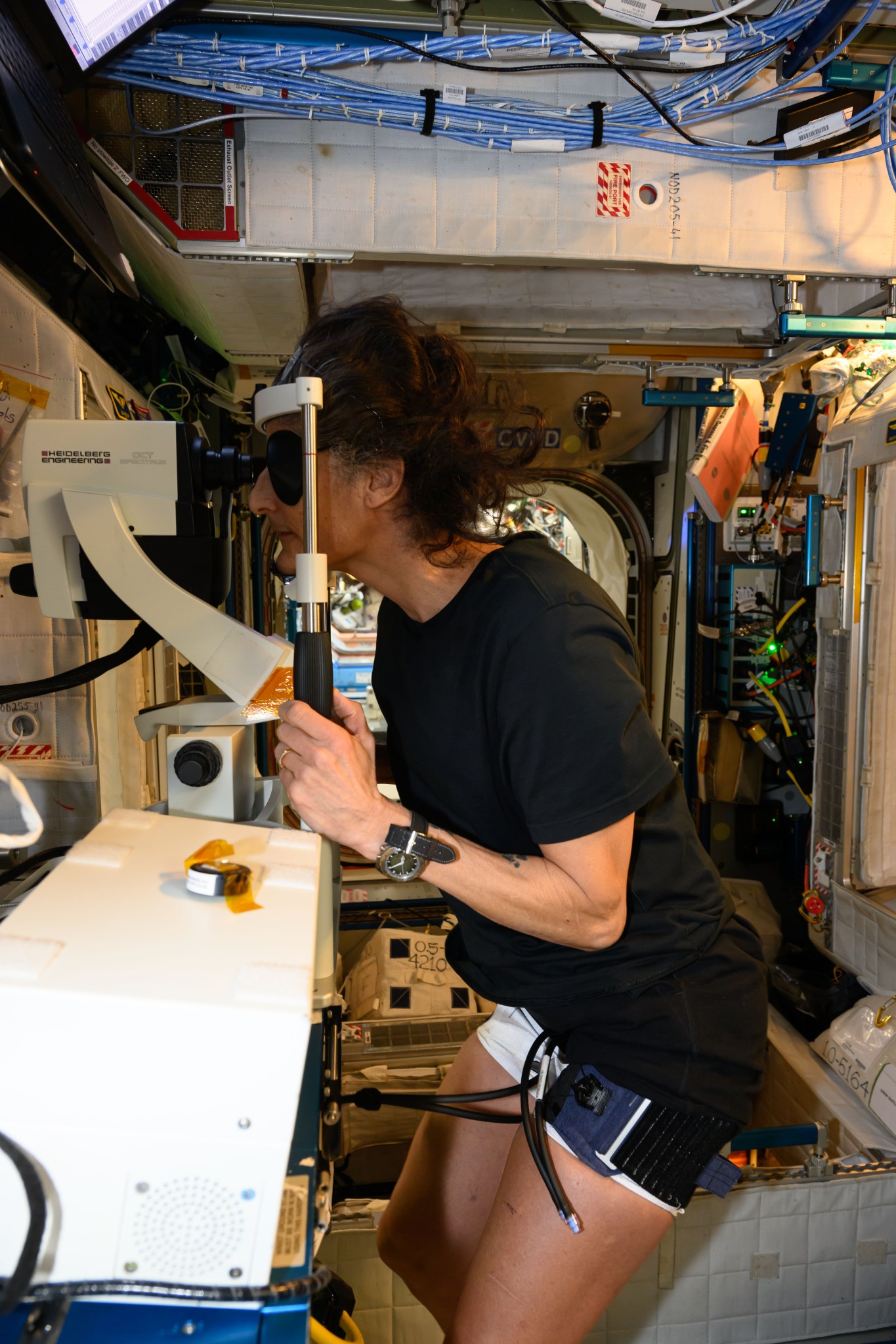Over 3,800 NASA Employees Request Departure Amid Restructuring

More than 3,870 employees, representing over 20% of NASA’s workforce, have applied to leave the agency through the Deferred Resignation Program, according to a statement from NASA on Friday. This program, introduced during the Trump administration, aims to reduce the federal workforce and cut costs. The application deadline for this program was midnight on Friday.
If all applications are processed, NASA’s civil servant workforce would decrease from approximately 18,000 to 14,000 personnel. This reduction also accounts for around 500 employees lost through typical attrition. NASA spokesperson Cheryl Warner emphasized that “safety remains a top priority for our agency as we balance the need to become a more streamlined and efficient organization.”
The Deferred Resignation Program has seen a significant influx of applications, with approximately 870 employees applying in the first round and around 3,000 in the second. This program aligns with broader initiatives introduced by the White House’s Department of Government Efficiency to minimize federal expenditures.
Funding challenges are also looming for NASA. A recent White House budget proposal suggests a substantial cut of about 25% to NASA’s budget for fiscal year 2026, reducing it from approximately $24 billion to $18 billion. This potential budget reduction raises concerns about the agency’s ability to sustain its ambitious programs, including missions to the Moon and Mars.
In addition to workforce reductions and budget cuts, NASA has experienced a leadership crisis in recent months. In December, President Trump nominated billionaire astronaut Jared Isaacman as the agency’s next administrator. Isaacman, known for his ties to Elon Musk and his company SpaceX, was expected to bring a fresh vision to NASA. However, the nomination was withdrawn just before the Senate confirmation vote in late May, coinciding with tensions between Trump and Musk.
Following the withdrawal, President Trump appointed Sean Duffy, the Transportation Secretary, to temporarily lead NASA. This leadership transition comes at a critical time for the agency as it navigates budget constraints and workforce reductions while striving to maintain its role as a leader in space exploration.
The implications of these changes extend beyond numbers and positions; they may impact ongoing and future missions, including those aimed at returning humans to the Moon and eventually sending astronauts to Mars. As NASA prepares for these challenges, the focus remains on ensuring safety and maintaining operational capability during a period of significant transformation.






